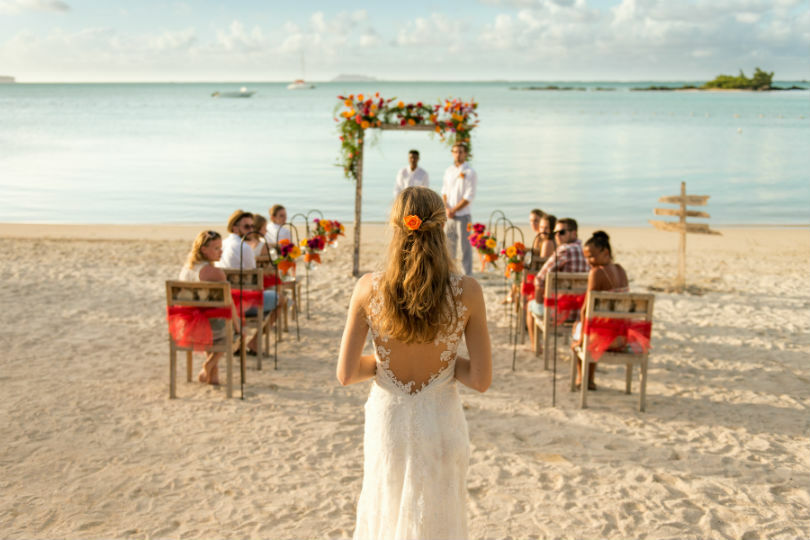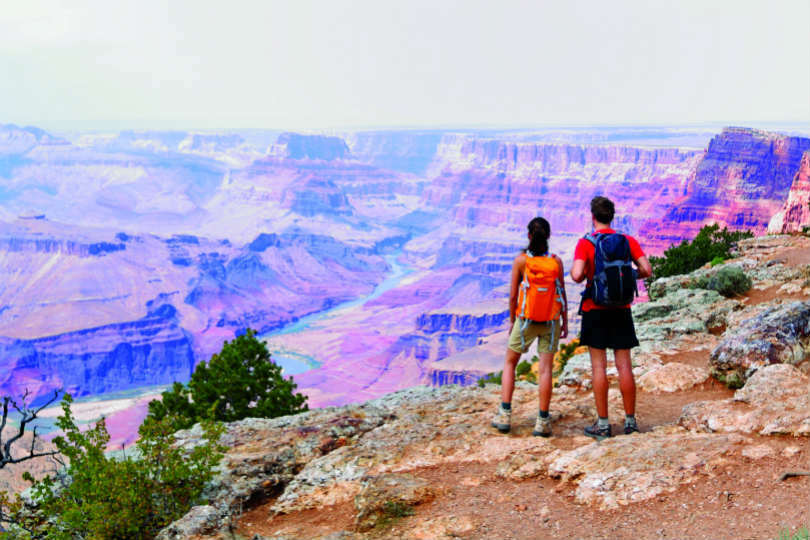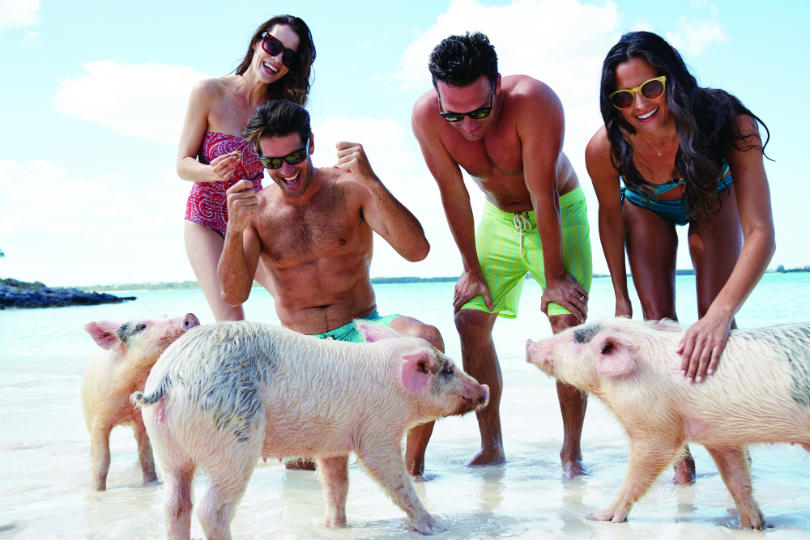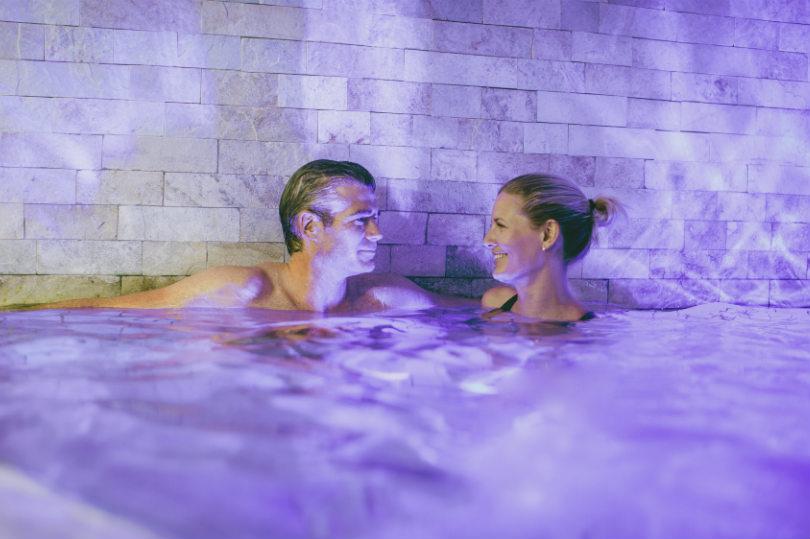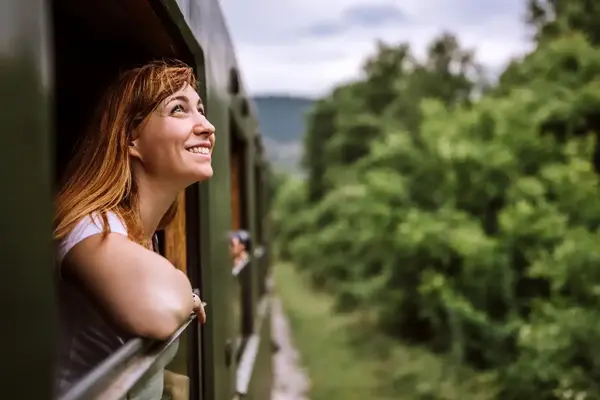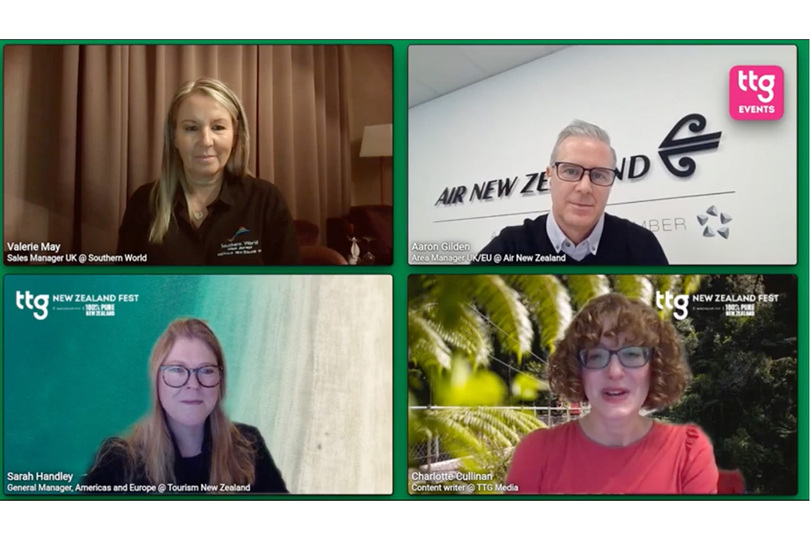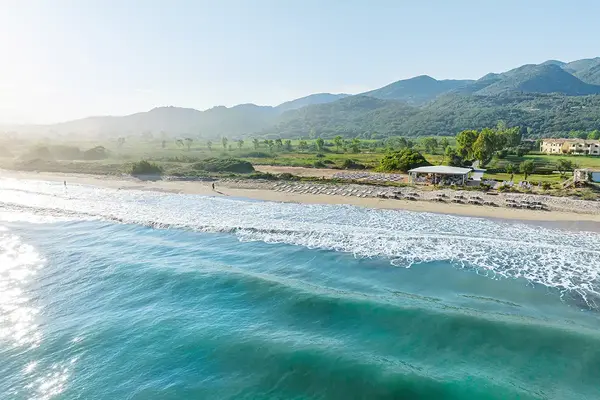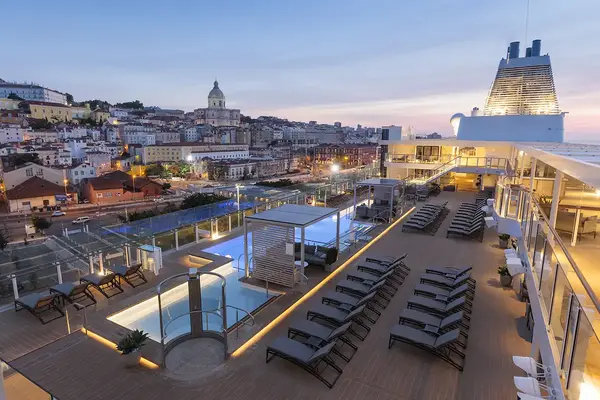Experts reveal the latest honeymoon trends
Today’s customers are looking for so much more than the standard honeymoon, whether that involves bringing the kids along or embarking on an epic, extended adventure.
With each new form of honeymoon now being given its own buzzword, it can be hard
to keep track of what the new names mean and the trends they reflect.
Here, we speak to the experts to explain each “moon”, revealing why they’re important and how to tap in to these trends with relevant product when selling to customers.
Weddingmoons
Clients are looking beyond the standard overseas wedding. If Only has noticed an increased demand for weddingmoons: extended trips that allow couples to tie the knot and enjoy a honeymoon in one.
This trend allows couples to combine the cost and save up for one big event, rather than budgeting separately for a wedding and honeymoon.
One trip doesn’t necessarily mean one destination, with many clients opting for a twin-centre trip for their weddingmoon, says Susan Greenhorn, assistant product and commercial manager for Arabia and The Indian Ocean at If Only.
“We’re seeing a spike in the number of couples planning weddingmoons. Mauritius is the most popular destination for this kind of trip, and lots of people choose to combine an Indian Ocean wedding with a Dubai honeymoon as an add-on. Island-hopping in the Seychelles also appeals to a lot of customers.”
Adventuremoons
"Hotels are meeting demand and acknowledging this trend by tailoring guest offerings, including activities such as guided hikes and local wildlife-watching.”
An adventuremoon is aimed at newlyweds who don’t want to just lie on a beach all day, says Malcolm Davies, product destination manager at Funway Holidays. “From rainforest trekking in the Caribbean to paddle-boarding in Hawaii, we are starting to see a real trend in honeymooners who want to get out and about.
“Hotels are meeting demand and acknowledging this trend by tailoring guest offerings, including activities such as guided hikes and local wildlife-watching.”
Self-drive holidays are also popular choices with adventure-seeking honeymooners, who want to enjoy spectacular scenery and have the flexibility to travel at their own pace, adds Davies.
“The Grand Canyon is a great luxury adventuremoon self-drive option, where clients can hike or raft together, see wildlife and enjoy breathtaking sunsets from the Canyon’s rim.”
Familymoons
"Recently married parents are still able to enjoy romantic strolls on the beach while making new memories with their close relatives."
The family that honeymoons together stays together. At least that’s what an increasing number of couples seem to think, according to Emirates Holidays.
“We conducted research that found almost half of UK couples (47%) would bring their children, grandparents and extended family along on a familymoon,” says Jordan Rowntree, honeymoon planner for the operator.
As today’s couples tend to get married later in life than in previous generations, families have often already been started, or it’s a second-time wedding, so couples want to ensure they are surrounded by their loved ones.
“With an abundance of honeymoon resorts now including kid-friendly activities and facilities such as kids’ pools, snorkelling lessons and kids’ clubs, recently married parents are still able to enjoy romantic strolls on the beach while making new memories with their close relatives,” adds Rowntree.
Buddymoons
For some couples, it’s a case of “the more the merrier” when it comes to their honeymoons, opting to invite all their friends along for the ride.
The buddymoon is a relatively new trend popular with younger couples, where they’ll bring along friends and family on what previously would have been a romantic honeymoon for two.
With more people now getting married overseas, guests often see these trips as their only holiday abroad and book additional days either side of the celebrations to make the most of their annual leave and travel budgets, explains Karl Thompson, managing director of Unique Caribbean Holidays (Sandals and Beaches Resorts’ tour operation).
“Around 40% of our total UK bookings are a romantic celebration of sorts, which includes buddymoons and honeymoons.”
For Sandals, island-hopping has proved popular for this type of celebration.
“Couples will wed at one of our couples-only resorts with all their friends, and then jet off to a neighbouring island with a select group to celebrate their honeymoon,” explains Thompson.
Minimoons
Why have one honeymoon when you can have two? This is the thinking behind the minimoon, which is a shorter, post-wedding break taken before a more extended honeymoon further down the line.
“Minimoons are a great opportunity for newlyweds to get away and enjoy the wedding bubble for a little bit longer after the big day,” says Beverley Scarr, product manager for the Channel Islands at Premier Holidays.
“We are seeing the Channel Islands becoming increasingly popular as a minimoon destination – it is close enough to home but the perfect location to escape everyday life.”
The Channel Islands’ location means a minimoon can be a city break, a country break or a beach break, depending on each couple’s preference, adds Scarr. “Jersey and Guernsey have a number of hotels offering luxurious spa breaks or experiences to remember, such as a five-star-rated camp in a wildlife park.”
The Babymoon explained
Tricia Birmingham, senior product manager for Africa at Pure Luxury, discusses the babymoon: a holiday trend for parents-to-be.
What are popular babymoon activities?
These tend to be trips centred around rest and relaxation.
Another popular element of babymoons is eating lots of good food, with high-quality restaurants being the perfect solution for any pregnancy cravings.
What destinations do you recommend?
The majority of Europe is accessible, but if guests are looking for something more exotic, our recommendation would be Mauritius.
It’s the ideal location before parenthood arrives – it offers great average temperatures in winter as well as summer, glorious sandy beaches, luxury spas to relax in and a fantastic range of all-inclusive resorts in ideal locations.
Any selling tips?
Make sure guests time their travel well.
Between four and six months into pregnancy is the best time.
The second most-important tip is to make sure you check the health and safety requirements of your chosen destination, for example, check for Zika-free zones.

